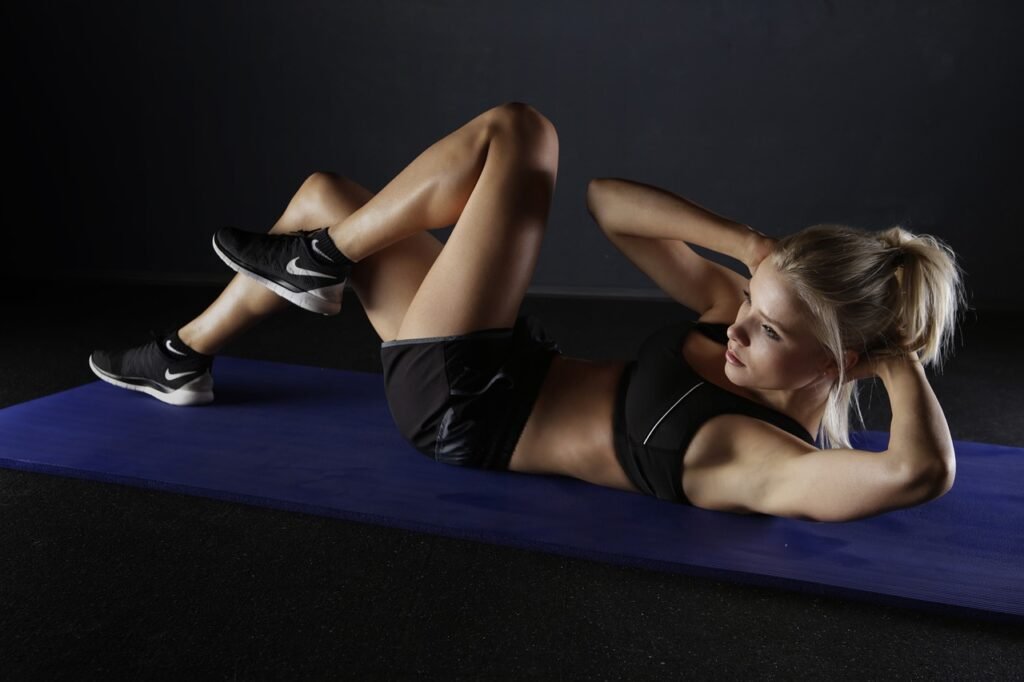
Transform Your Fitness Routine: The Power of Bodyweight Exercises and Weightlifting
In today’s fast-paced world, finding an effective and sustainable exercise regimen is essential for maintaining health and well-being. Many people grapple with balancing time, motivation, and knowledge about fitness. However, incorporating a blend of bodyweight exercises and weightlifting into your routine can lead to remarkable improvements in strength, endurance, and overall fitness. This blog post will delve into why these two training approaches are the perfect harmony, regardless of your age or fitness level, and how you can start incorporating them into your daily regimen.
The Benefits of Bodyweight Exercises
Bodyweight exercises utilize your own weight for resistance. These movements can be performed anywhere, making them incredibly accessible and versatile. Here are some benefits of integrating bodyweight exercises into your routine:
- Improved Mobility: Many bodyweight exercises promote flexibility and range of motion.
- Convenience: These exercises require no special equipment, allowing you to work out at home, in the park, or at the gym.
- Core Strength: Most bodyweight movements engage your core, leading to greater stability and balance.
- Scalability: You can easily adjust the difficulty of these exercises to suit your fitness level.
- Overall Body Conditioning: Bodyweight exercises target multiple muscle groups simultaneously, providing a full-body workout.
Popular Bodyweight Exercises to Try
Here are some effective bodyweight exercises you can incorporate into your routine:
- Push-Ups: A classic movement that strengthens the chest, shoulders, triceps, and core.
- Squats: Great for building lower body strength and improving balance.
- Lunges: Excellent for leg strength, stability, and improving joint health.
- Planks: An isometric exercise that builds core stability and strength.
- Burpees: A full-body exercise that increases cardiovascular fitness and strength.
The Power of Weightlifting
Weightlifting is a pivotal component of resistance training, offering its own set of unique benefits. Unlike bodyweight exercises, weightlifting allows you to challenge your muscles with adjustable external resistance, leading to increased strength and muscle mass. Some key advantages of weightlifting include:
- Increased Muscle Strength: Weightlifting promotes muscular adaptation and growth through progressive overload.
- Bone Density Improvement: Lifting weights has been shown to strengthen bones, reducing the risk of osteoporosis.
- Metabolic Boost: Building muscle mass elevates your resting metabolic rate, helping with weight management.
- Targeted Workouts: Weightlifting allows for targeting specific muscle groups, aiding in achieving tailored fitness goals.
- Enhanced Functional Fitness: Stronger muscles lead to improved performance in daily activities and sports.
Essential Weightlifting Techniques for Beginners
If you’re new to weightlifting, it’s vital to understand proper techniques to avoid injury and maximize effectiveness. Here are some foundational exercises to get you started:
- Deadlifts: This compound movement engages multiple muscle groups, including the lower back, glutes, and hamstrings.
- Bench Press: A primary upper body exercise targeting the chest, shoulders, and triceps.
- Overhead Press: Strengthens the shoulders and engages the core for overall stability.
- Rows: Great for improving back strength and posture.
- Squats with Weights: Building on the bodyweight squat, adding weights increases lower body strength significantly.
Combining Bodyweight Training and Weightlifting
To optimize your fitness regimen, integrating both bodyweight exercises and weightlifting can be incredibly effective. This combined approach not only increases overall strength but also enhances stamina and endurance. Here are some tips on how to seamlessly blend the two:
- Create a Balanced Workout Plan: Design your weekly workout routine to alternate between bodyweight days and weightlifting days.
- Incorporate Supersets: Pair bodyweight exercises with weightlifting for a high-intensity workout that keeps you engaged.
- Utilize Circuits: Perform a circuit that includes both types of training to stimulate different muscle groups and enhance cardiovascular fitness.
- Listen to Your Body: As you transition between training styles, pay attention to how your body feels and adjust your routine accordingly.
Motivating Your Fitness Journey
Staying motivated can be one of the toughest challenges in a fitness journey. Finding inspiring workouts, engaging with community support, or tracking your progress can help keep you on track. Setting small, achievable goals can assist you in staying motivated. Consider using a fitness app or journal to document your journey.
Additionally, participating in group classes or online challenges can foster accountability and inspire you to achieve more than you thought possible. Remember, fitness is a personal journey, and finding what works best for you is part of the process.